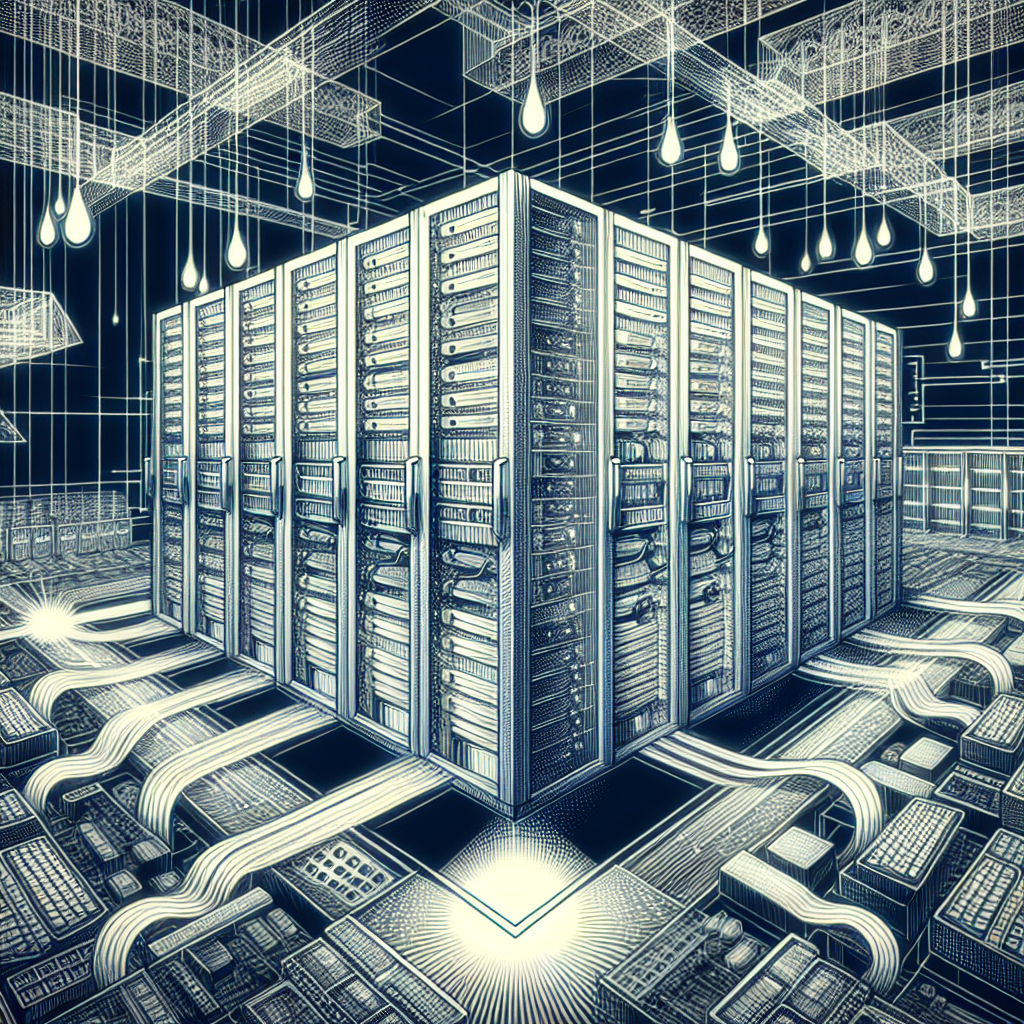Your cart is currently empty!
Navigating the Complexities of Data Center Storage Architecture

In today’s digital age, data centers are at the heart of every organization’s IT infrastructure. They store and manage vast amounts of data that are critical to the business operations. As the volume of data continues to grow exponentially, organizations are faced with the challenge of navigating the complexities of data center storage architecture to ensure optimal performance, scalability, and reliability.
One of the key considerations in data center storage architecture is choosing the right storage technology. There are several options available, including traditional hard disk drives (HDDs), solid-state drives (SSDs), and emerging technologies such as non-volatile memory express (NVMe) and storage class memory (SCM). Each technology has its own strengths and weaknesses, and organizations must carefully evaluate their requirements to determine the best fit for their needs.
Another important factor to consider is the storage architecture itself. Traditional storage architectures, such as direct-attached storage (DAS) and storage area networks (SANs), have been the go-to solutions for many organizations. However, hyper-converged infrastructure (HCI) and software-defined storage (SDS) are gaining popularity for their flexibility, scalability, and cost-effectiveness.
In addition to choosing the right technology and architecture, organizations must also consider data protection and disaster recovery strategies. This includes implementing backup and replication solutions, as well as ensuring that data is stored securely and can be easily recovered in the event of a disaster.
Furthermore, data center storage architecture must be designed to support the organization’s evolving needs. This means considering factors such as data growth, application performance requirements, and future technology trends. Scalability and flexibility are key considerations to ensure that the storage infrastructure can easily adapt to changing demands.
Overall, navigating the complexities of data center storage architecture requires careful planning, evaluation, and implementation. By choosing the right technology, architecture, and data protection strategies, organizations can build a storage infrastructure that meets their current needs and is prepared for future growth and challenges. By investing in the right storage solutions, organizations can ensure that their data remains secure, accessible, and reliable, enabling them to achieve their business goals in the digital age.

Leave a Reply